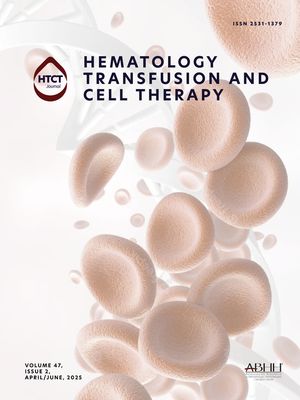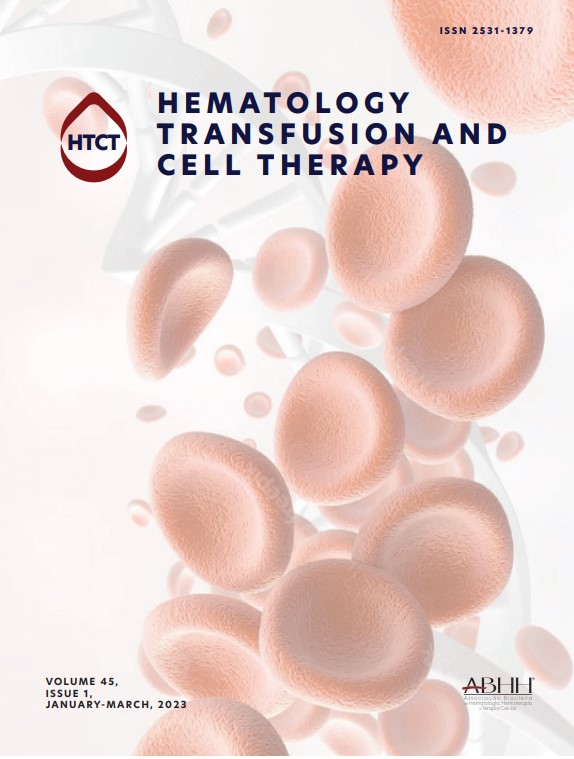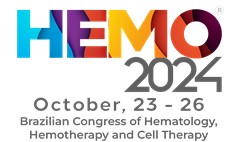
Diffuse Midline Gliomas (DMG), H3 K27M-mutant have the poorest prognosis among all pediatric high-grade gliomas, with a median survival of 9-11 months. Although radiotherapy (RT) is standard treatment for these tumors, unfortunately there has been no approved and effective treatment which completely diminishes the tumor yet. In our clinic, we started an up-to-date approach to manage DMG, which is adjuvant fractionated external beam radiotherapy along with ONC 201 after tissue diagnosis.
MethodologyBetween January 2016 and June 2021, a total of 11 patients with H3 K27M-mutant diffuse midline glioma, diagnosis confirmed by Next-Generation Sequencing (NGS) were enrolled in study. All patients received ONC201 orally once a week following radiotherapy. Safety, and radiological evaluations were regularly assessed every 12 weeks.
ResultsAmong the 11 patients, the median age of diagnosis was 5. Seven (63.6%) patients were male and 4 (36.4%) were female. Primary lesions were localized in the pons in 5 (45.5%) patients, unilateral thalamus (2 on the left, 1 on the right) in 3 (27.3%) patients, bilateral thalamus in 2 (18.2%) patients, and temporo-insular in 1 patient (9.1%). Median progression-free interval was 10 months and median overall survival was 16 months.
ConclusionDiffuse midline glioma has dismal prognosis. None of the treatment options made any dramatic changes in disease course during last 30 years. In our series, diffuse midline glioma patients who had ONC201 tend to have few months more progression free and overall survival (16 vs 11 months) in comparison to patients who had classical treatment in literature. As a neurooncology team, we strongly advocate to obtain tissue samples from diffuse tumors, to establish definite diagnosis and to perform NGS






